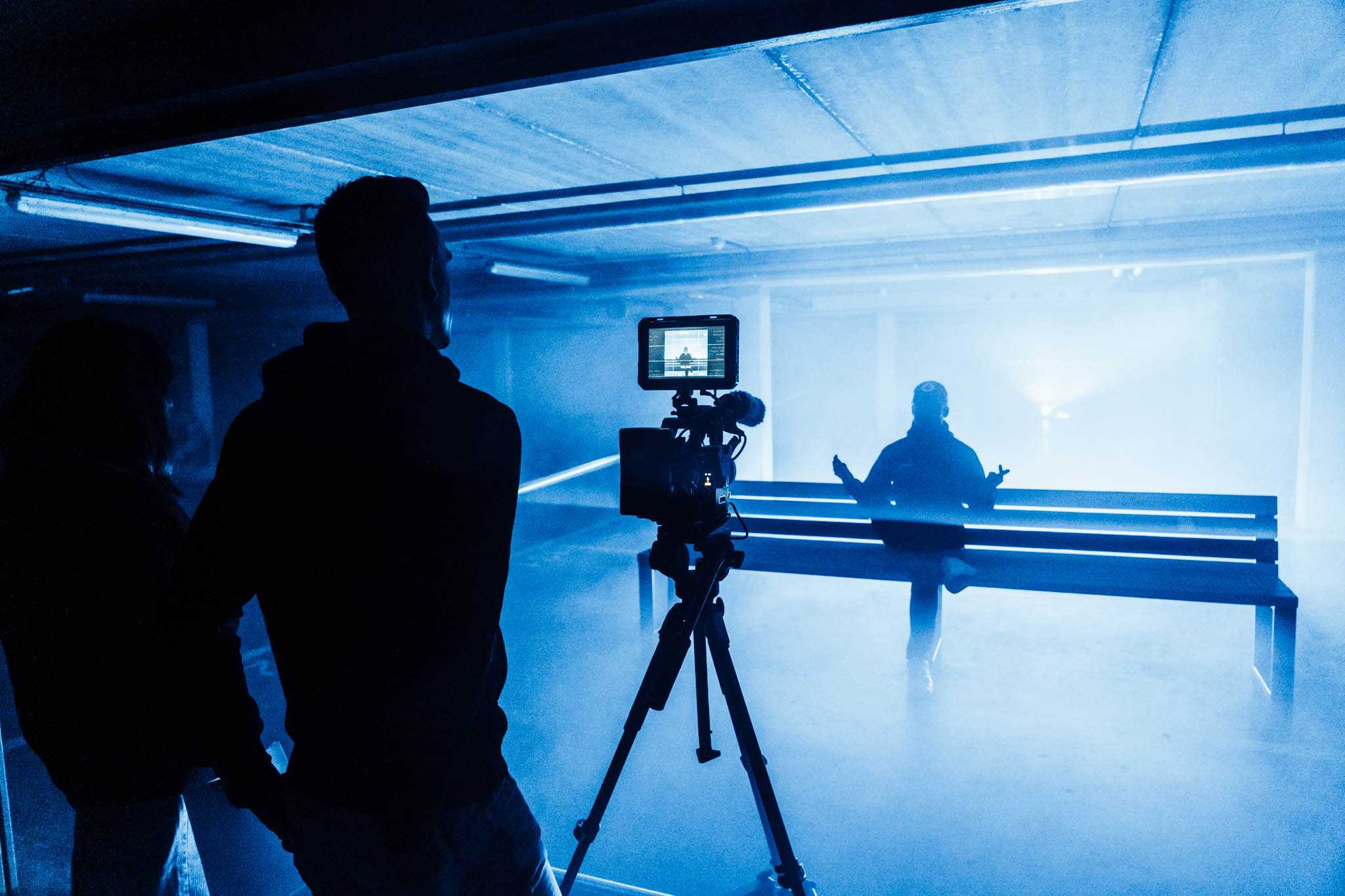

The debate was framed incorrectly from the start. It was never about AI versus humans. It was about how humans use AI.
Most discussions focused on whether AI could create content. That question was answered quickly. Of course it can. It can write, design, edit, and generate variations faster than any human.
What almost no one asked was whether AI understands why certain creative choices work in a specific business context.
That’s where the real divide emerged.
After two years of real-world use, AI’s strengths are very clear.
AI excels at:
In other words, AI is outstanding at production and iteration.
What it does not do well is decide what matters.
Strategic creative work didn’t disappear. It became more important.
Humans still outperform AI when it comes to:
AI doesn’t understand context unless it’s explicitly given. It doesn’t feel consequences. It doesn’t know when something is technically correct but strategically wrong.
That judgment still belongs to people.
The brands that struggled with AI made the same mistake. They tried to use it for strategic thinking instead of strategic execution.
They expected AI to tell them what to say, who to target, and why it would work.
The brands that succeeded treated AI differently. They used it like a very capable junior team member. Highly productive, fast, and tireless, but dependent on clear direction.
You wouldn’t ask a junior to define your business strategy. But you would absolutely use them to scale a strategy once it’s clear.
That’s exactly where AI performs best.
Instead of replacing strategic creative directors, AI increased their value.
Someone still needs to:
AI amplified execution. It didn’t replace thinking.
As a result, teams that already had strong strategic direction moved faster and produced better work. Teams without it simply produced more noise, faster.
AI didn’t separate creatives from machines.
It separated strategic creatives from task executors.
People whose value was tied mainly to repetitive production felt pressure. People who could think strategically, connect creativity to business outcomes, and direct systems rather than compete with them became more important.
That shift was inevitable. AI just accelerated it.
If you’re still asking whether AI will replace creativity, you’re asking the wrong question.
The real question is:
How can AI amplify my strategic creative direction instead of replacing it?
That’s where the opportunity is. And that’s where the advantage will stay.
Stay great,
Joost

